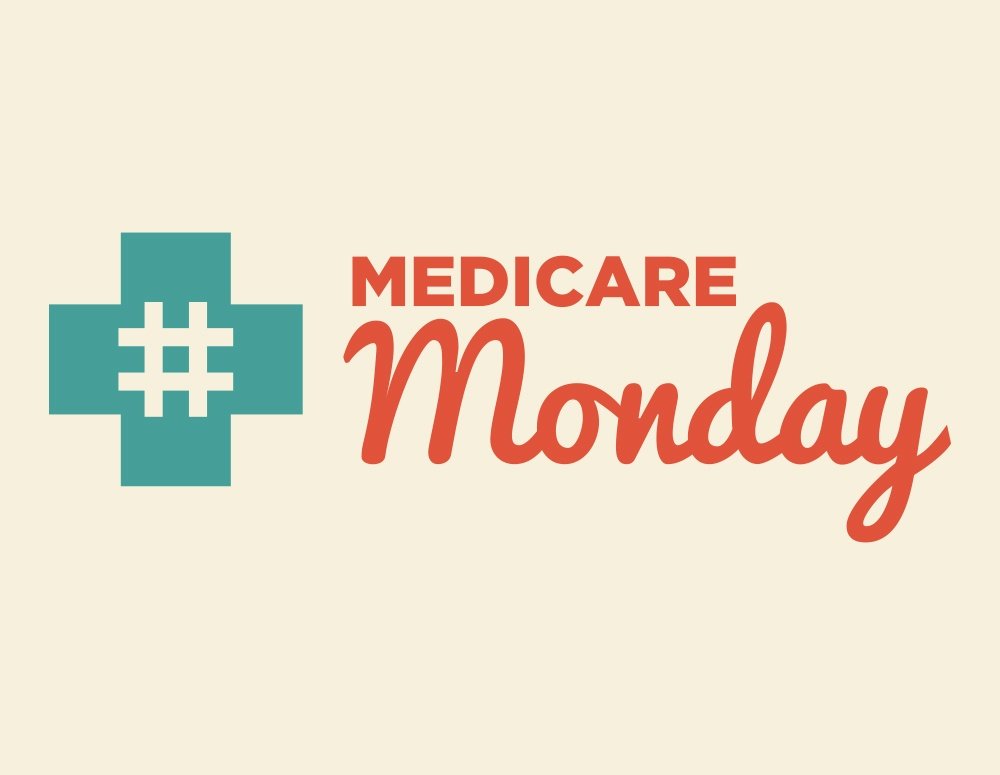Medicare Monday: How MedPAC recommendations would actually increase beneficiary costs
A look at how MedPAC recommendations would increase beneficiary costs.

Medicare Monday: How MedPAC recommendations would actually increase beneficiary costs.
A look at how MedPAC recommendations would increase beneficiary costs.

Medicare Monday: How MedPAC recommendations would actually increase beneficiary costs.

In April, the Medicare Payment Advisory Commission (MedPAC) voted on and approved a number of harmful Medicare Part D recommendations that were then presented to Congress in MedPAC’s June report. As we shared ahead of the vote and after, we remain concerned with how these changes will significantly harm beneficiaries if implemented.
Recommended changes to the Part D Extra Help program are just one area of concern. As we’ve discussed in previous posts, the Extra Help program (also known as the low-income subsidy or LIS) provides support to nearly 12 million low-income Part D beneficiaries. MedPAC’s recommendation would increase beneficiary copays for brand medicines, so for those low-income beneficiaries who rely on brand medicines prescribed by their doctor, this cost increase could pose a huge barrier to accessing their needed prescriptions and increase their use of other health care services.
Another recommendation of concern is the proposal to exclude pharmaceutical manufacturer discounts in the coverage gap (also known as the donut hole) from non-low income enrollees’ true out-of-pocket (TrOOP) spending, essentially doubling the size of the coverage gap at the expense of beneficiaries. An Avalere analysis released in March found that this MedPAC recommendation, if implemented, would increase beneficiary costs by an estimated $4.1 billion between 2017 and 2020. The analysis also found that, on average, 715,000 fewer beneficiaries would reach the out-of-pocket threshold each year.
 MedPAC has also recommended an out-of-pocket cap on beneficiary expenses in Part D. Combining the anticipated impact of this recommendation and the TrOOP recommendation, a second Avalere analysis released last month found that out-of-pocket spending would increase 20 percent for about 1 million beneficiaries while decreasing out-of-pocket costs for a smaller group of 100,000 beneficiaries. Avalere found that these combined policies have a strong re-distributional effect and create winners and losers among beneficiaries.
MedPAC has also recommended an out-of-pocket cap on beneficiary expenses in Part D. Combining the anticipated impact of this recommendation and the TrOOP recommendation, a second Avalere analysis released last month found that out-of-pocket spending would increase 20 percent for about 1 million beneficiaries while decreasing out-of-pocket costs for a smaller group of 100,000 beneficiaries. Avalere found that these combined policies have a strong re-distributional effect and create winners and losers among beneficiaries.
Time and again, one observation continues to be consistent regarding MedPAC’s recommendations: Beneficiaries are placed in harm’s way by shifting costs to vulnerable patients and thus potentially restricting access to needed medications. Perhaps it’s time for MedPAC to take into consideration broad stakeholder concerns with such proposals.